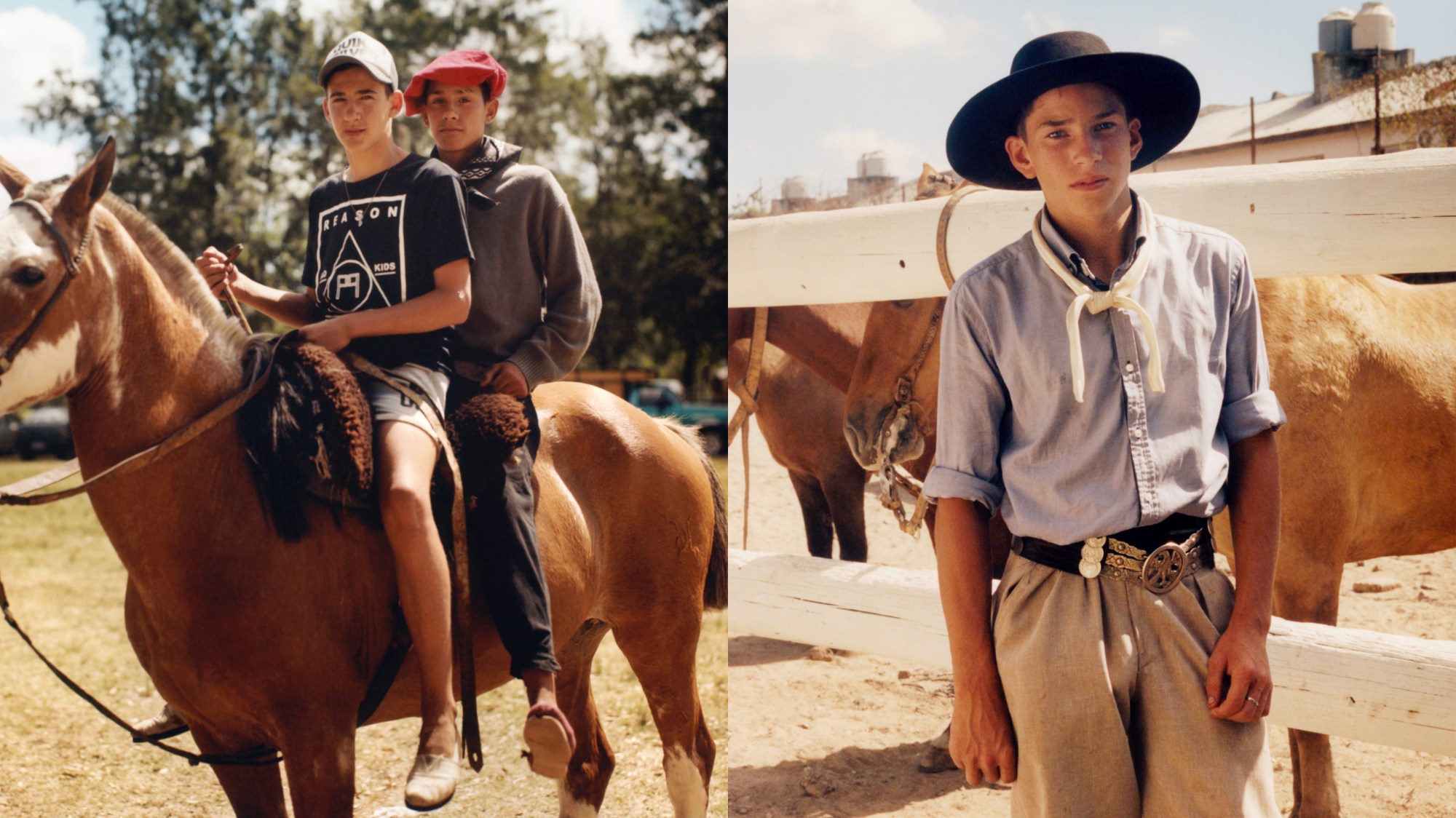In 2017, Argentinian photographer Rodrigo Carmuega was preparing to move to the UK from his native Buenos Aires. Or, more specifically, that day in November he was heading to the supermarket to buy meat for a farewell barbeque when he took the pictures that would become Doma, his first self-published monograph. “I saw all these gauchos clearly on their way to a big gathering and had to call my wife,” he says. “I said, ‘I have to do this now’. I had wanted to do something like this for years but never had the time, and now the chance was there in front of me.”
An old tradition specific to Argentina, doma is several things, the photographer tells me, speaking over Zoom from his home in London. “It’s the art of horse taming, but it’s also a gathering, a celebration in which these gaucho riders show their doma skills and compete with each other.” Comparable to the rodeos that cowboys migrate to in certain cultural pockets of North America, the exhibition aspect of doma similarly sees the gauchos – men of the pampas in South America – drape themselves in a fixed style of dress, here including shocking red boinas (berets), fajas (girdles) and loose trousers called bombachas.

“Doma is the sociability of the men of the Argentine countryside,” the art historian Marcelo Marino, whose writing accompanies Rodrigo’s images, adds. “It is a particular way of forging masculinity and therefore of building an identity.” For the photographer, the concept of identity was particularly significant: he and his wife moved to the UK just a few days after he photographed the gauchos, an encroaching geographical deadline that only added to his desire to document the event. A “visual testimony of time stolen from the eternal time of the Argentine countryside,” suggests Marcelo, the images “…tie together the memory and anxiety of a photographer who desperately wanted to take something with him from his home country.”
Describing his wider practice as a mix of fashion editorial and documentary – in 2021 Rodrigo worked with the hairstylist Michael Harding on the zine What Was, Will Always Be, while more recently he’s been shooting derelict houses in his local borough of Greenwich – with Doma, the photographer hones in on the latter facet of his work, albeit with close attention paid to clothing. “On big celebration days the gauchos put on their best clothes to go and meet their friends,” he says. “I was just dressed casually, so I didn’t know if people would be happy for me to shoot them – some gauchos are quite old-fashioned, they can read you in two seconds. But I explained that I wanted to show my country and they said ‘no worries’ and started posing. ‘You want me like this? Like this?’.”
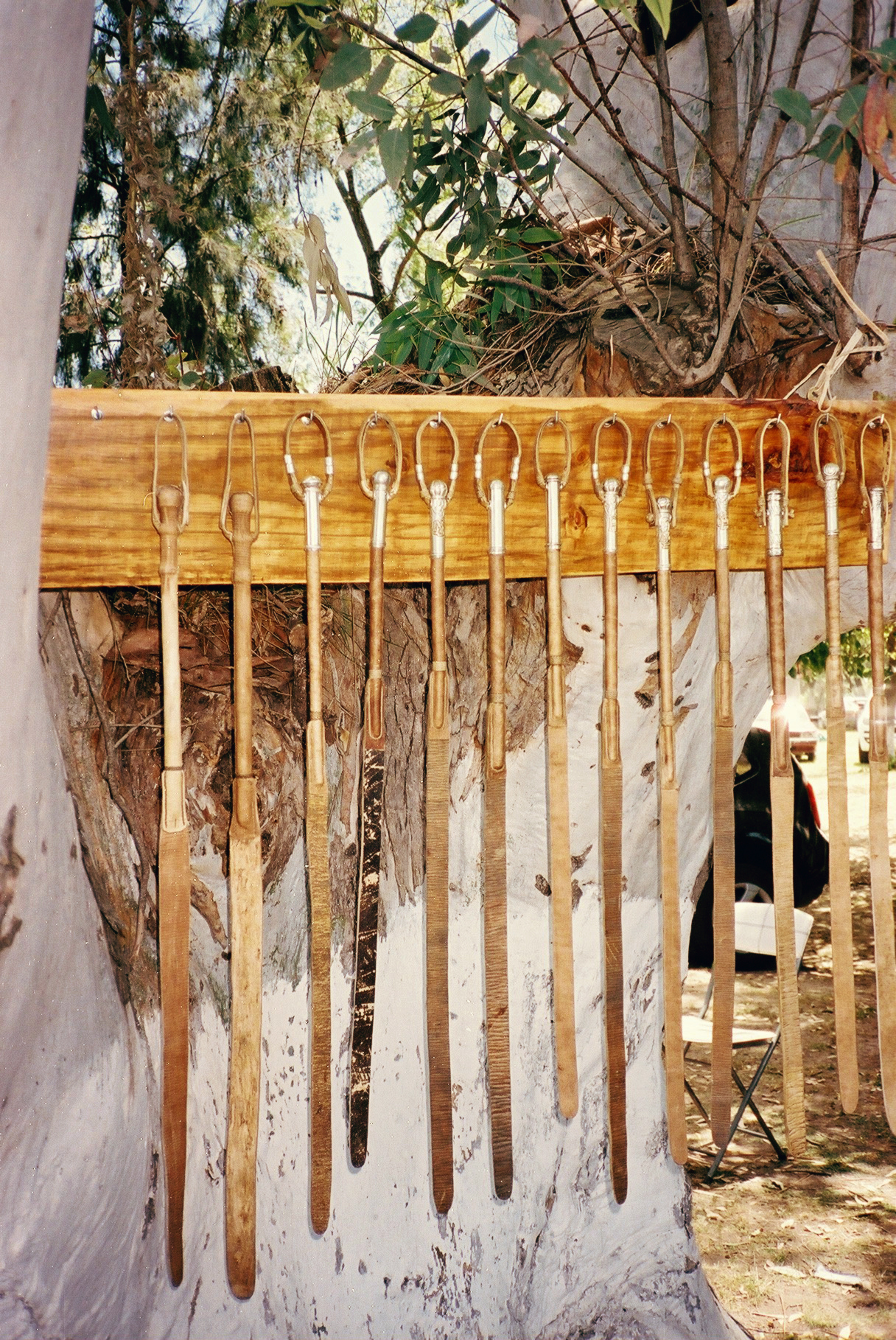
Shot on several rolls of film in just three hours (developed as soon as the couple arrived in London, only to be held in a drawer until last year), while the series offers a tender portrait of a community Rodrigo holds close, he acknowledges a relationship that places him somewhere near their periphery. “I didn’t grow up in that culture, but I’ve been around gauchos all my life,” he says. “My family’s house, where I was raised, is 40 minutes from Buenos Aires, so it’s a little more open, blending with the countryside. Gauchos were often around on their horses, and some of my friends were born into it.”
Working with the designer Jamie Allan Shaw, the book first began taking shape in 2022, after Rodrigo was encouraged by friends to finally share the images. The partnership has been one of great support, notes the photographer, with the pages’ loose narrative attributed to the merging of their respective identities and aesthetic priorities. Their decision to foreground the quieter moments before and after competition, when the men most directly engaged with the camera, also ultimately centred the way they dress. “They’ve developed the fashion through the years,” Rodrigo says, alluding both to the gradual modernisation of gaucho fabrics and the changing role of the items they carry. “The ties around their necks have changed, and the knife, once a weapon and a tool, now is more like an ornament used to eat but also to show off. They put on their best clothes for the event and I’ve tried to show these elements.”
A small but particularly telling detail of this trajectory is only just noticeable in one of the series’ more carefree images: shot from behind, two men dressed in classic gaucho stylings move through the festivities, with the one in front apparently placing a smartphone into his pocket. “So you can see how old traditions converge with modern-day technologies,” Rodrigo says. Elsewhere, visible tattoos and piercings speak to the growing acceptance of contemporary signifiers, highlighting the desire of the gauchos to keep doma attractive to the younger men. “I thought I would just take pictures and see what happens,” says Rodrigo. He’s reflecting on his intentions in 2017, then unconsumed by the idea of representation. “But I’m happy, I know I’ve done something beautiful and poetic. It means a lot.”
‘Doma’ is available to purchase here
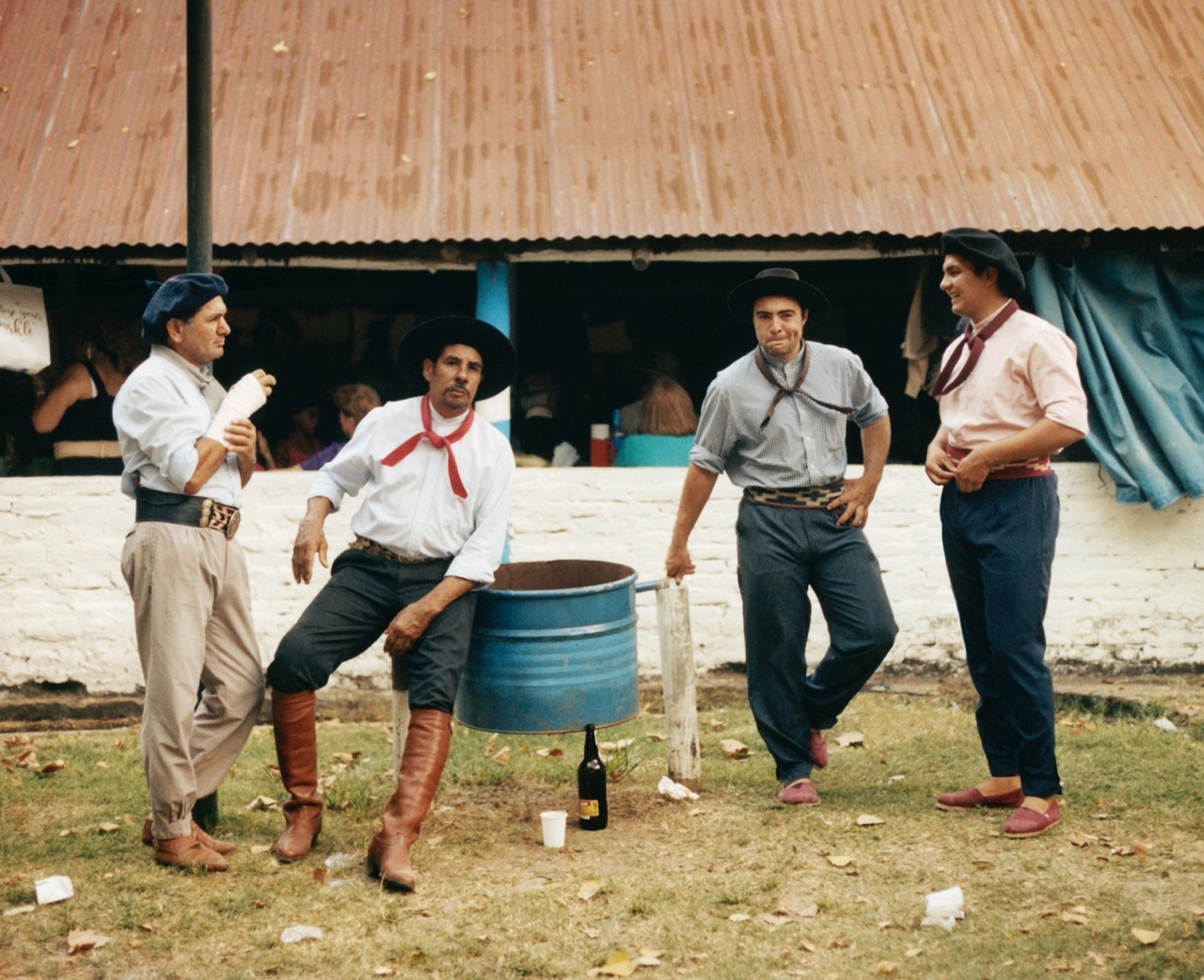
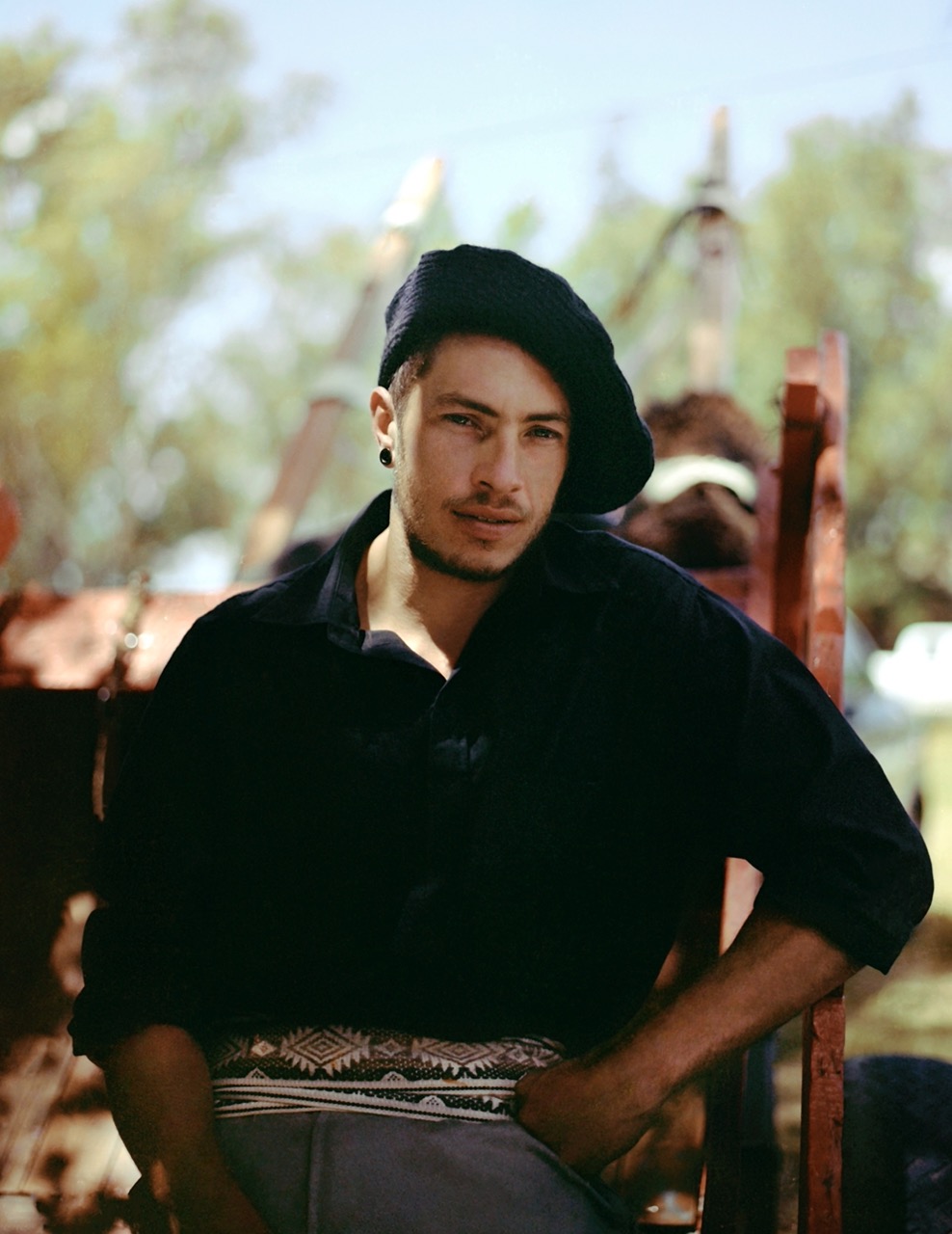


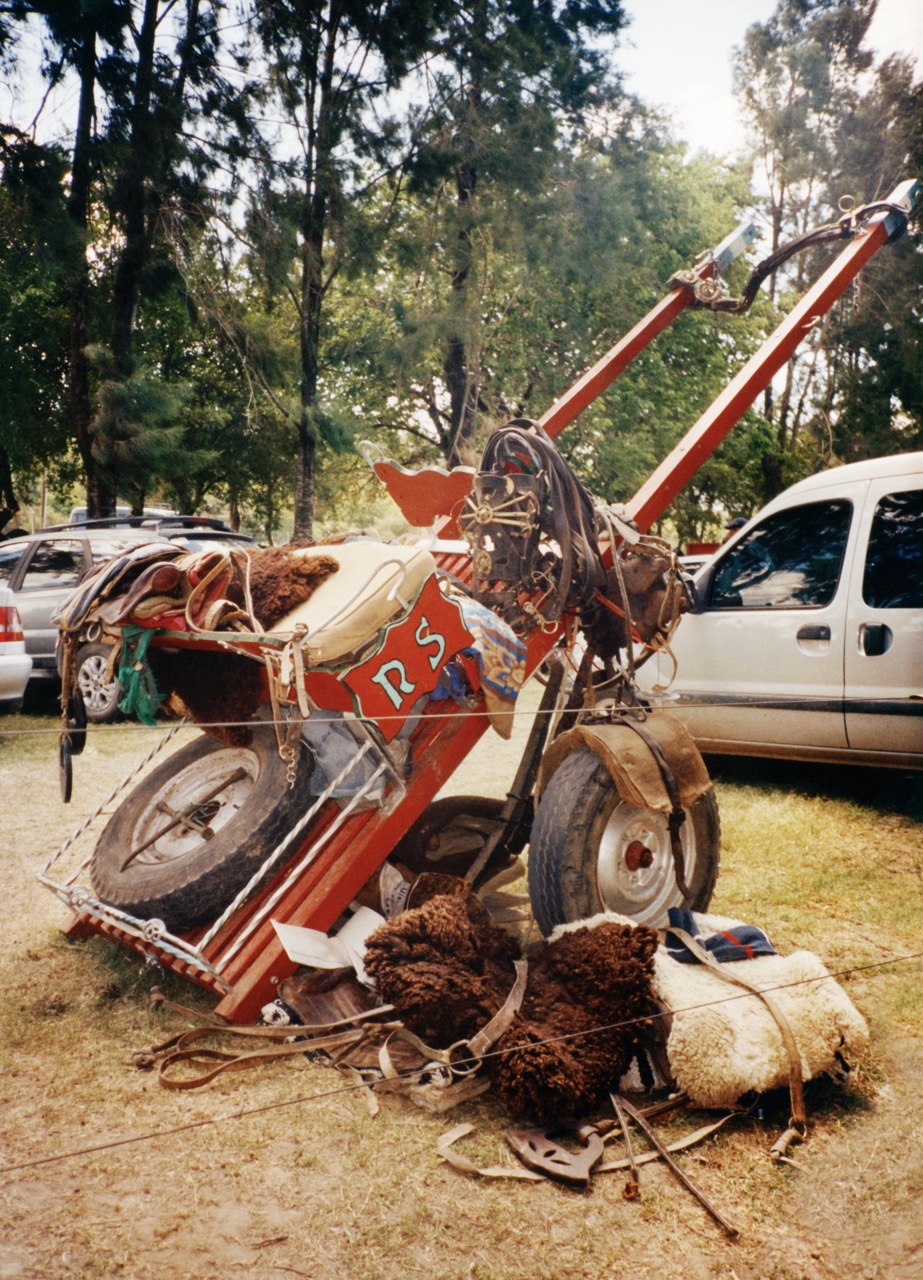
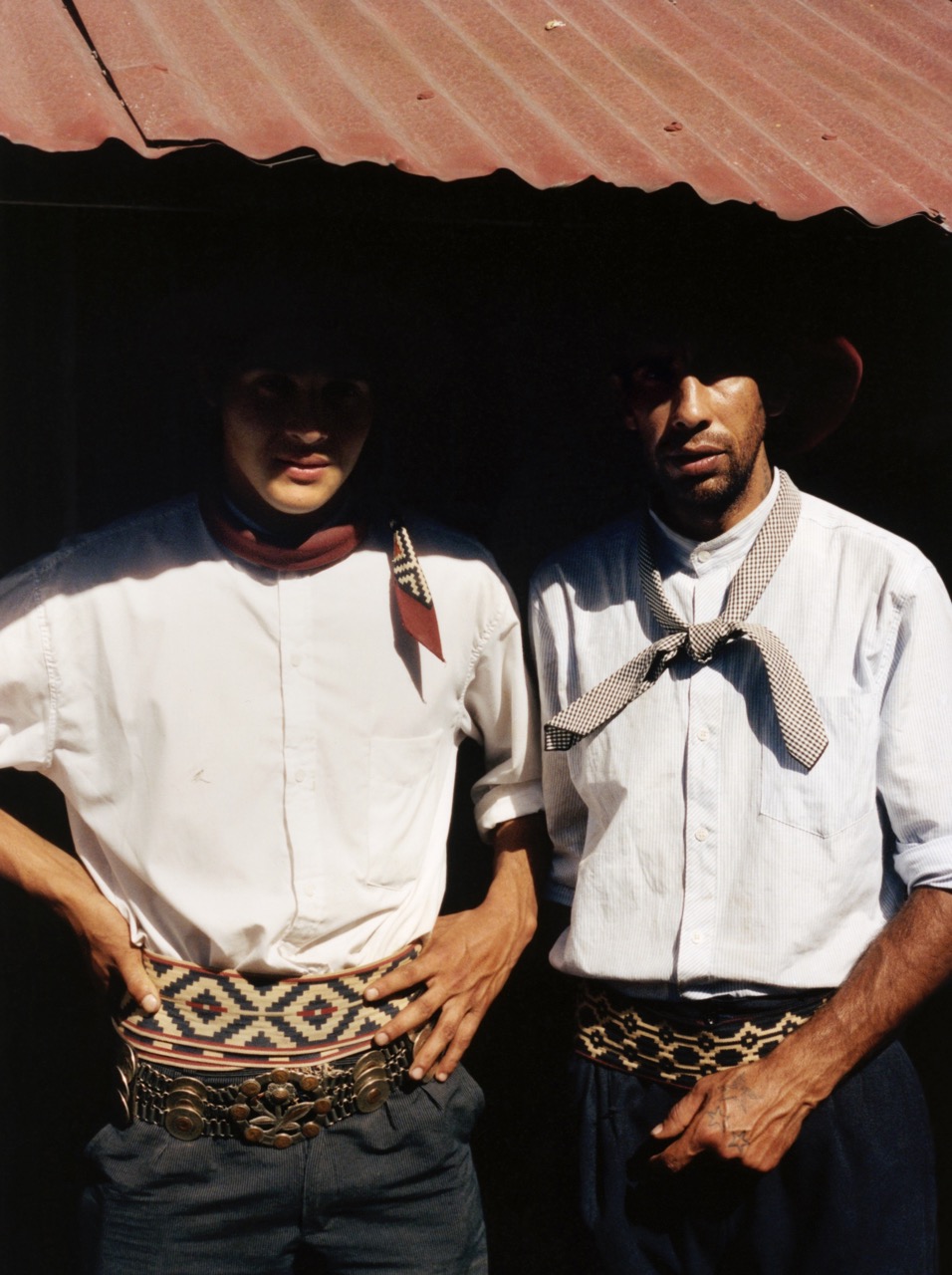
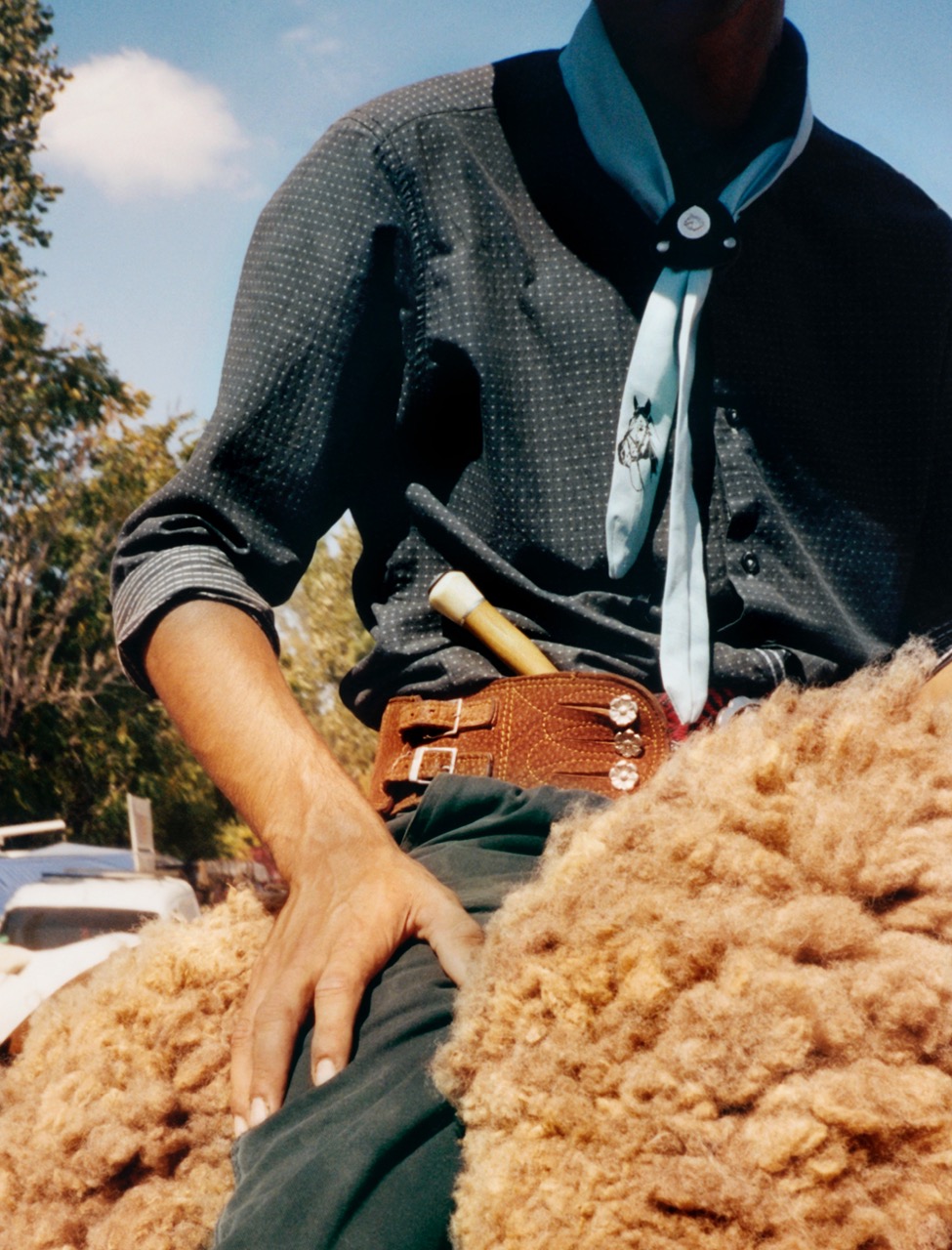
Credits
Images courtesy of Rodrigo Carmuega
